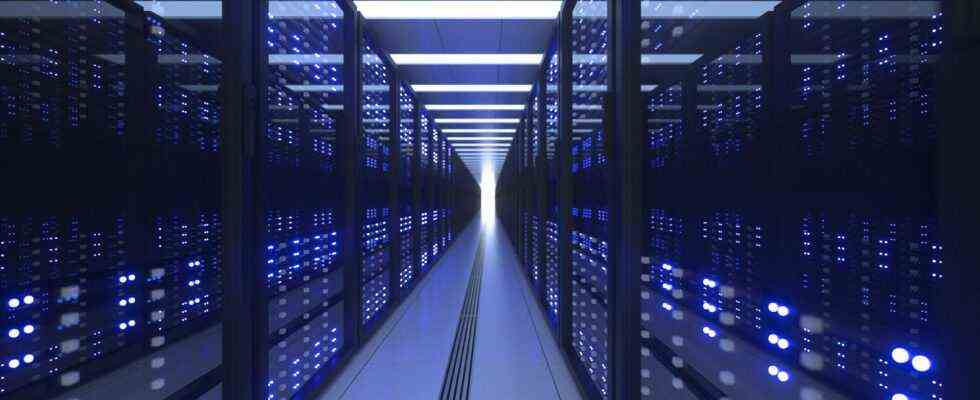Status: 01/21/2022 11:16 a.m
Home office, home schooling, home entertainment and corona restrictions have ensured that internet data traffic has grown massively in the past year. This also has an impact on energy consumption.
Data traffic on the Internet increased significantly in 2021 compared to the previous year and the start of the corona pandemic. This is the result of figures from the Internet node operator DE-CIX. A total of more than 38 exabytes of data were exchanged at the company’s internet nodes last year. In 2020, the total data throughput was still 32 exabytes.
38 exabytes correspond to the storage capacity of more than 300 million smartphones, each with 128 GB of storage space. The amount of data is also comparable to the volume consumed by the population of a small town if each resident followed a high-definition video stream for a lifetime.
“Growth will continue”
“Data traffic stabilized at a high level worldwide in 2021 after the outbreak of the pandemic and the record hunt in 2020 and continues to grow,” says Christoph Dietzel, Global Head of Products & Research at DE-CIX. “This shows that concepts such as home office with video conferences or home entertainment with video streaming and gaming have become established in everyday life and that growth will continue.”
The course of the corona pandemic and the relocation of many jobs to the home office also directly influenced the data volume of the network nodes: The data throughput of video conferences via the Internet node in Frankfurt was particularly high in the first few months of the year until the end of the lockdown and contact restrictions.
In the summer months, when the number of infections was lower and during the holiday season, it was only half as large as at the beginning of the year. A similar distribution was found for video streaming via Netflix, Disney+, Amazon Prime Video, Apple TV+ and other services, but with smaller seasonal differences.
Data centers require a lot of energy
In the meantime, data traffic on the Internet has long been considered from the point of view of energy consumption. Because with the number of applications and the growth of the streaming market, for example, the number of data centers is also increasing. In addition to the pure computing power, which consumes electricity, the cooling systems in the data centers, which have to keep the servers at the right temperature, require a lot of energy around the clock.
Ralph Hintermann from the Borderstep Institute for Innovation and Sustainability pointed out in the Deutschlandfunk pointed out that the energy requirements of data centers worldwide could increase by more than 60 percent in the next ten years. According to the expert, more and more electricity for data centers could mean that the goals of the energy transition are more difficult to achieve.
DE-CIX operates one of the world’s largest internet nodes in Frankfurt am Main. The Hessian company is also active at 31 other locations in Europe, North America, the Middle East and Asia. DE-CIX connects almost 2500 network operators, Internet service providers, content providers and company networks from more than 100 countries.

